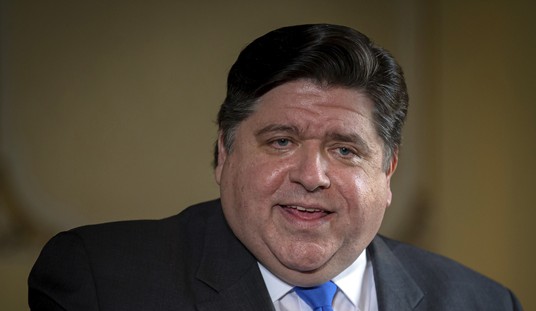Saudi Arabia and the smaller Gulf monarchies are buying huge amounts of advanced arms from the United States and Europe. The weaponry is clearly aimed to counter the growing threat they see coming from Iran.
The United States alone has around $100 billion in potential sales in the pipeline right now. The biggest is a Saudi deal, initiated in 2010 and approved by Congress, totaling around $60 billion. The package includes jets, helicopters, hundreds of Harpoon anti-ship missiles, training, and logistical services. Israel, initially worried about the sale, agreed — after U.S. assurances — to support it in September.
In the updated version, the Saudis will receive 84 brand new F-15SAs and have 70 F-15s upgraded. The SA model is based on the F-15SE and incorporates stealth technology, the ability to carry a heavy payload, and a long-range capability.
European countries have also received orders. In 2008 the Saudis purchased 72 multi-role Eurofighter Typhoons. Both Kuwait and the United Arab Emirates (UAE.) have approached France to buy 24 and 60 (respectively) advanced Dassault Rafale multirole fighters.
The UAE has embarked on a major military build-up to counter Iran. On December 25, a $3.5 billion weapons deal was signed and included a missile defense system. In late 2011, the UAE requested that the United States sell them 4,900 kits to transform so-called “dumb bombs” into guided “smart” munitions. The proposal includes the sale of bunker buster bombs. The Department of Defense claimed this purchase would serve “U.S. interests by deterring regional aggression,” a reference to Iran.
In October, 2011, Oman asked for $1.24 billion worth of American anti-aircraft systems.
Gulf states have also begun modernizing and expanding their navies. Last July, the UAE’s naval commander called on the Gulf Cooperation Council to “co-operate to reduce vulnerabilities.”
Iraq has already received six coastal patrol boats. Responding to the threat of Iranian Kilo-class submarines and surface ships, Bahrain requested 6 SH-60 maritime patrol helicopters. In 2006, the UAE purchased two German minesweepers and reportedly also opened a naval base to help attack any Iranian blockade of the Straits of Hormuz at the mouth of the Persian Gulf.
The Saudis announced a potential $20-$23 billion deal called the “Saudi Naval Expansion Program-II.” As part of the program, Riyadh has expressed interest in buying Aegis radar equipped destroyers. Defense News noted, “Aegis BMD [Ballistic Missile Defense] would provide the Saudis with a considerable anti-missile capability, possibly in excess of any other gulf-region country, including Israel.”
Gulf states have added other capabilities to their defense structures. In May 2011, the NY Times reported that the UAE had a $529 million project to build an “800-member battalion of foreign troops.” Emirati leaders viewed their own military as “inadequate” and hoped the “troops could blunt the regional aggression of Iran.”
In Bahrain, the Sunni minority regime that hosts the U.S. naval base in the Gulf seeks to buy up-armored Humvees and TOW missile systems. The Department of Defense felt the deal would “improve the security of a major non-NATO ally that has been, and continues to be, an important force for political stability and economic progress in the Middle East.”
However, due to outside pressure resulting from the government’s human rights abuses against protesters, Congress has been reluctant to approve. The Bahrainis are trying to convince them that their human rights record has improved.
In a controversial deal, the U.S. is selling Iraq $11 billion in equipment and training. Following the U.S. withdrawal of combat troops, Iraq has big domestic political problems that include an attempt to monopolize power by Prime Minister Nouri al Maliki. Some of the weapons sold to Baghdad are 18 F-16IQ Block-52 fighters.
While the aircraft are slightly downgraded models from the advanced F-16s the U.S. Air Force fly, Defense Industry Daily noted the sale “seems cleverly calibrated to give Iraq an air defense force that can handle aging threats from Syria or Iran relatively well, and perform strike missions within Iraq, without being a serious threat to more advanced air forces in the region,” presumably Israel.
Iran has taken notice of these massive arms deals. Aside from its nuclear weapons’ program, Iran has tested medium-range “radar-evading” missiles and is engaged in its own military build-up. Tehran dismisses the Gulf Arab efforts as merely wasting billions of dollars.
Iran might be right in a sense, since the ability of these countries to use advanced arms against Iran is limited. They still depend on an increasingly questionable U.S. protection. Some of the money being spent is to make the Gulf Arab elites feel better. Another aspect is to tie the U.S. and European states closer to themselves. Increasingly, one can wonder whether all of these weapons will some day be used in a new Gulf war.









Join the conversation as a VIP Member